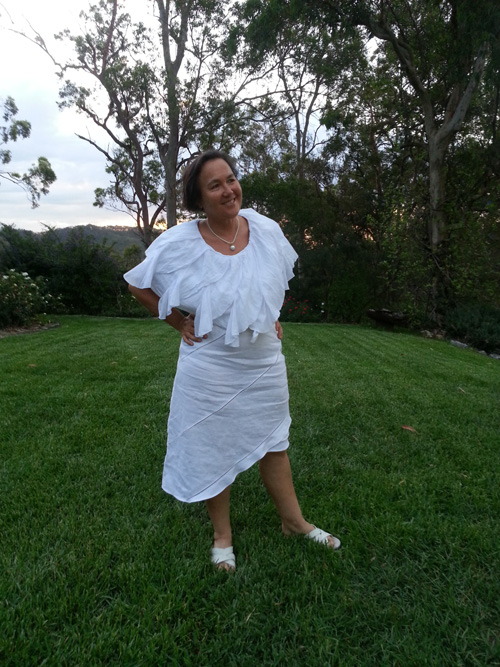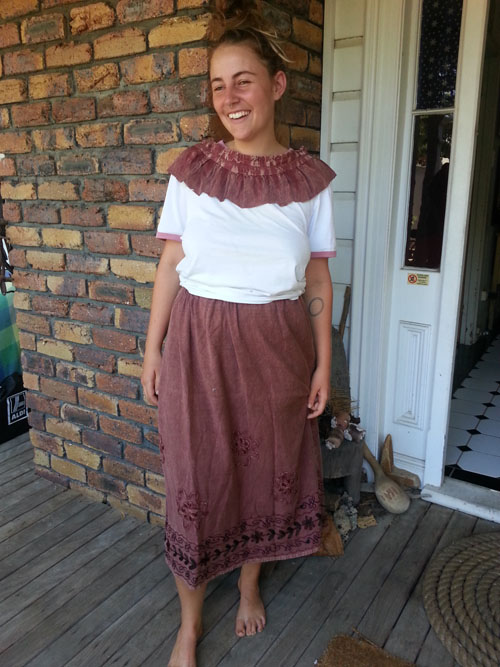 What can I say? Even though it’s Christmas Day, it is a day like every other in 2014 when I’ve been upcycling and posting ways to reuse clothing that already exists rather than buying new.
What can I say? Even though it’s Christmas Day, it is a day like every other in 2014 when I’ve been upcycling and posting ways to reuse clothing that already exists rather than buying new.
Consumption often peaks at this time of year and it is great to see groups like 1 Million Women #nowaste and The Story of Stuff #buylesslivemore focusing on changing behaviour. Reading this poignant story from The Guardian exposes the uncomfortable truth and hidden cost of frivolous consumption. Be the change.
With a background in agriculture and interest in the material world of natural fibres, I’ve been fortunate to spend time re-creating clothing and learning more about the clothing footprint we (the collective 7-billion strong we) make on the world. My model for change includes empowering individuals to reimagine and recreate their own wardrobe collection by resewing at home to gain individual, conscious clothing. Continue reading


